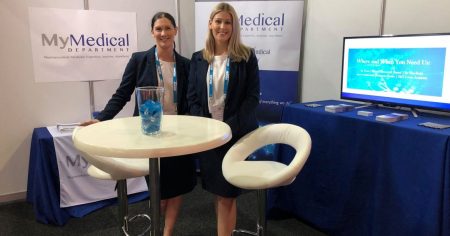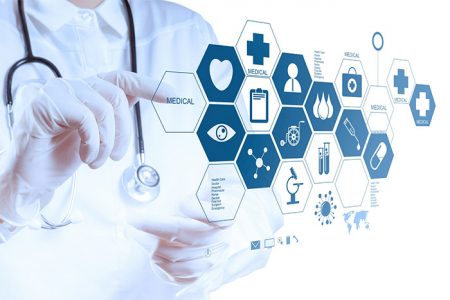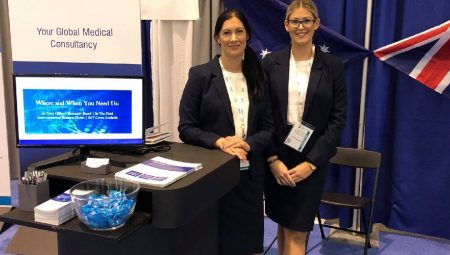
Clinical Development Team
Radiopharmaceuticals are radioisotopes that have been bound to biological molecules to target specific cells, organs or tissues. These relatively new drugs are being increasingly used for both the diagnosis and treatment of a number of diseases including: prostate cancer, renal cancer and glioblastoma. These medicines may allow for better diagnosis and more effective therapies.
At the virtual 2020 AusBiotech + Invest conference, a panel of leading industry experts discussed the current and future trends in the drug development of radiopharmaceuticals and how these may improve the quality of life of cancer patients.
These products are typically made up of three key parts including the ‘delivery vehicle’ (a targeting moiety – a small molecule or macromolecule such as an antibody), a proprietary linker and the ‘payload’ (a radioactive isotope). The delivery vehicle can bind to specific cancer cell transmembrane proteins (e.g PMSA in prostate cancer) where the radioactive isotope can be delivered and achieve the desired imaging or therapeutic effect. These novel agents are administered systemically and unlike older, conventional therapies (e.g radiation therapy, chemotherapy, surgery) can deliver precise, targeted radiation treatment to the cancer, (including small, distant metastases) which may not have been possible with other therapies.
Radiopharmaceuticals are referred to as Molecularly Targeted Radiation (MTR) products. The development of MTR products typically occurs in ‘theranostic’ pairs where generally the development of an imaging asset leads to the development of the paired therapeutic asset for a disease. Clinicians can utilize this mode of treatment to ‘’See it, Treat it’’, meaning that diagnostic isotopes (e.g 68Ga, 89ZR) enable accurate PET imaging of the cancer while therapeutic isotopes (e.g 177Lu, 131I) enable precise radiation therapy to be delivered directly to the cancer cells. An advantage of this approach is that radiopharmaceutical dosing can be tailored to the individual patient and clinicians are able to readily evaluate patient response to treatment.
Interestingly, the design of radiopharmaceuticals is somewhat like a ‘meccano’ set. That is, the three key elements can be disassembled and reconfigured to make a different style of related drug which can be used for a multitude of different applications. For example, the radioactive isotope of a traditional product may be substituted for an alpha emitter which is able to deliver a different type of high energy radiation with less penetration therefore making it effective for more disseminated hematological cancers (e.g Multiple Myeloma).
These products are not hoping to replace the current standard of care for cancer treatments. Instead, MTR products should be used as a synergistic, additive to current treatments. In prostate cancer, radiopharmaceuticals are being used in combination with androgen deprivation therapies and chemotherapy while in renal cell carcinoma they are being combined with immuno-oncology products such as checkpoint inhibitors to improve response rate, survival rates and most importantly patient quality of life.







